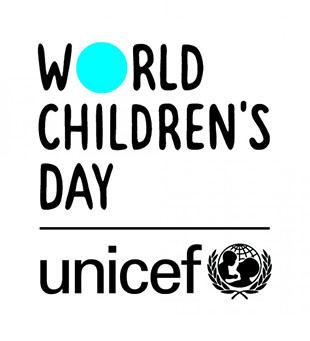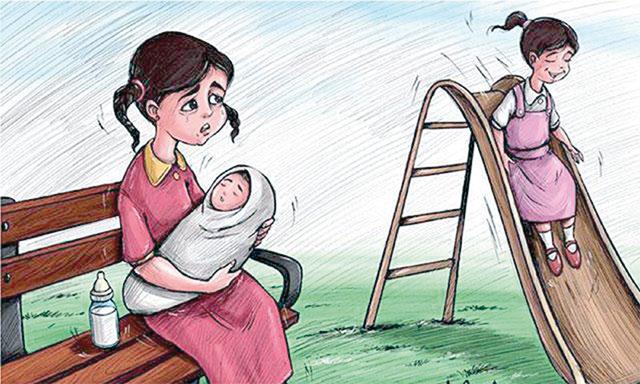You are here
Jordan’s illiteracy rate hit record 1.8% low in 2020, report shows
By Mays Ibrahim Mustafa - Jul 19,2023 - Last updated at Jul 19,2023

AMMAN — Illiteracy rates in Jordan have decreased notably over the past decade, according to the Joint Arab Economic Report 2022 issued by the Arab Monetary Fund.
Among adults aged 15 and older, the illiteracy rate decreased from 7 per cent in 2010 to 1.8 per cent in 2020. Among youth between the ages of 15 and 24, the illiteracy rate decreased from 1.2 per cent in 2010 to 0.7 per cent in 2020, the report showed.
Enrolment in Education
The gross enrolment rate in primary education in Jordan decreased from 81.9 per cent in 2010 to 80.4 per cent in 2020, according to the report.
Available data indicates that all Arab countries, except for Somalia, Iraq and Yemen, provided both males and females with “near equal” opportunities to access primary education, the report said.
“Gender inequality in access to education could lead to slowing economic growth. The negative impacts of educational disparities exceed those resulting from income disparities,” it added.
The report also noted that data available on the 2010-2020 period point towards improvements in secondary education enrolment rates in all Arab countries, except for Jordan, Syria, Qatar and Lebanon.
It revealed that the gross enrolment in secondary education in Jordan decreased from 80.9 per cent in 2010 to 67.8 per cent in 2020, and the gross enrolment rate in higher education decreased from 37.3 per cent to 33.6 per cent during the same period.
“Higher education plays a pivotal role in building a knowledge economy through supplying the labour market with a highly qualified workforce. Knowledge and high-level skills have become social and economic drivers in a fast-moving and highly competitive world,” the report stated.
School dropout
School dropout rates remain high in some Arab countries, such as Sudan, Syria and Djibouti, according to the report.
In Jordan the dropout rate stood at 20.1 per cent in 2020; 19.6 per cent among males and 20.5 per cent among females, while expected years of schooling decreased from 11.6 in 2010 to 10.6 in 2020.
School dropout is considered a “primary reason” for increased unemployment, as it deprives dropouts from the opportunity of acquiring an education that allows them to compete in the labour market.
Public expenditure on education
Public expenditure on education accounted for 3.1 per cent of Jordan’s Gross National Income (GNI) between 2008 and 2011, and increased to 3.3 per cent in 2020. Between 2008 and 2011, 11 per cent of Jordan’s total public expenditure was spent on education, with the figure increasing to 12 per cent in 2020, according to the report.
Average spending on education in the Arab world reached 3.5 per cent of GNI, and 11.3 per cent of total public spending in 2020.
The report described this rate of spending as “acceptable”, noting that there are more potential areas of improvement when it comes to educational systems.
“Arab countries are also currently working on increasing the efficiency of spending through streamlining resources and increasing their economic return,” the report added.
Related Articles
AMMAN — The overall illiteracy rate in Jordan reached 4.9 per cent, with 2.4 per cent for males and 7.3 per cent for females, thanks to the
AMMAN — Population projections for Jordanians show that the percentage of children under the age of 15 will drop as a result of an expected
AMMAN — Underage marriage rates increased in Jordan during 2020 to reach 11.8 per cent, according to the local women’s organisation, Solidar


















